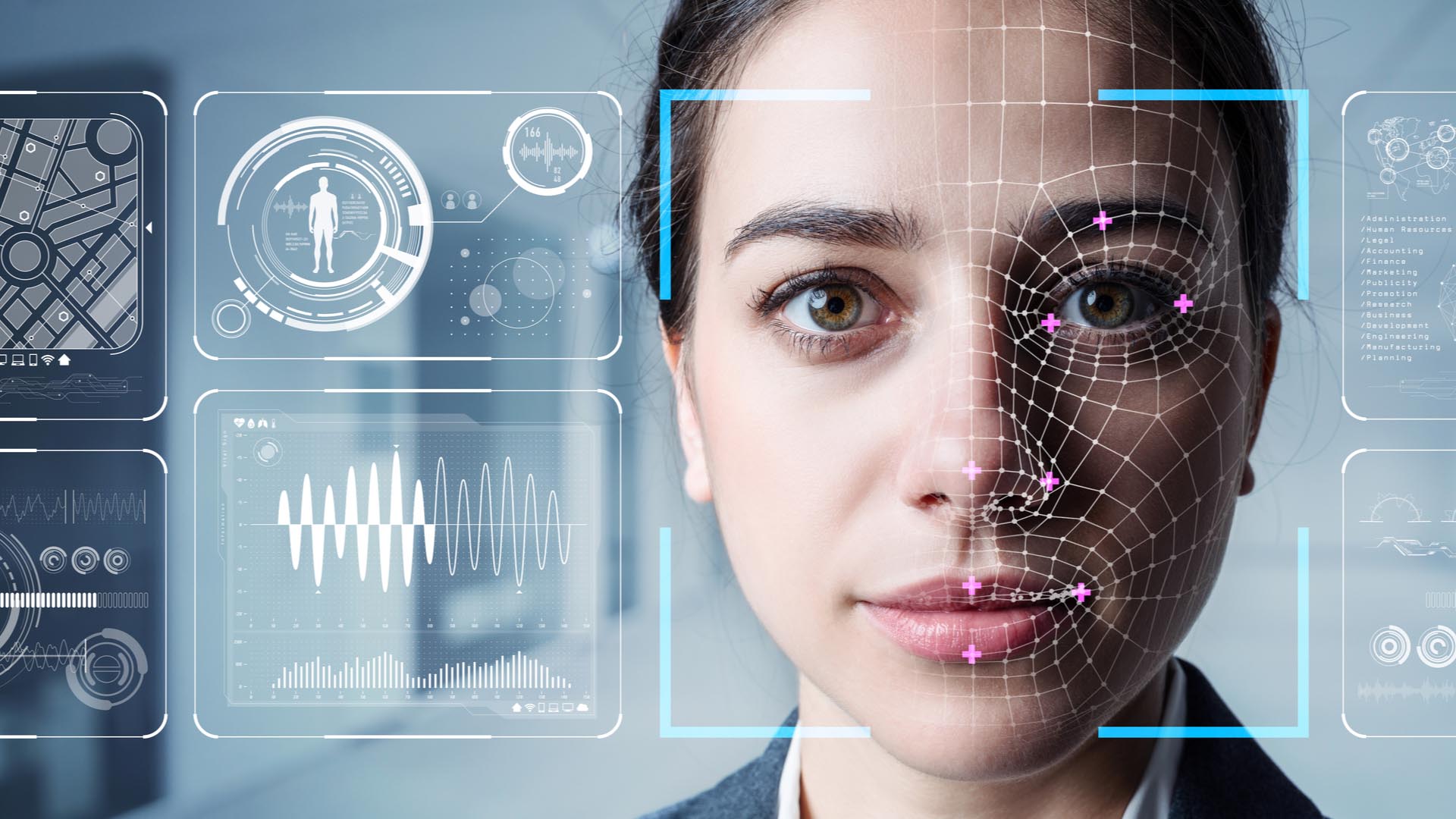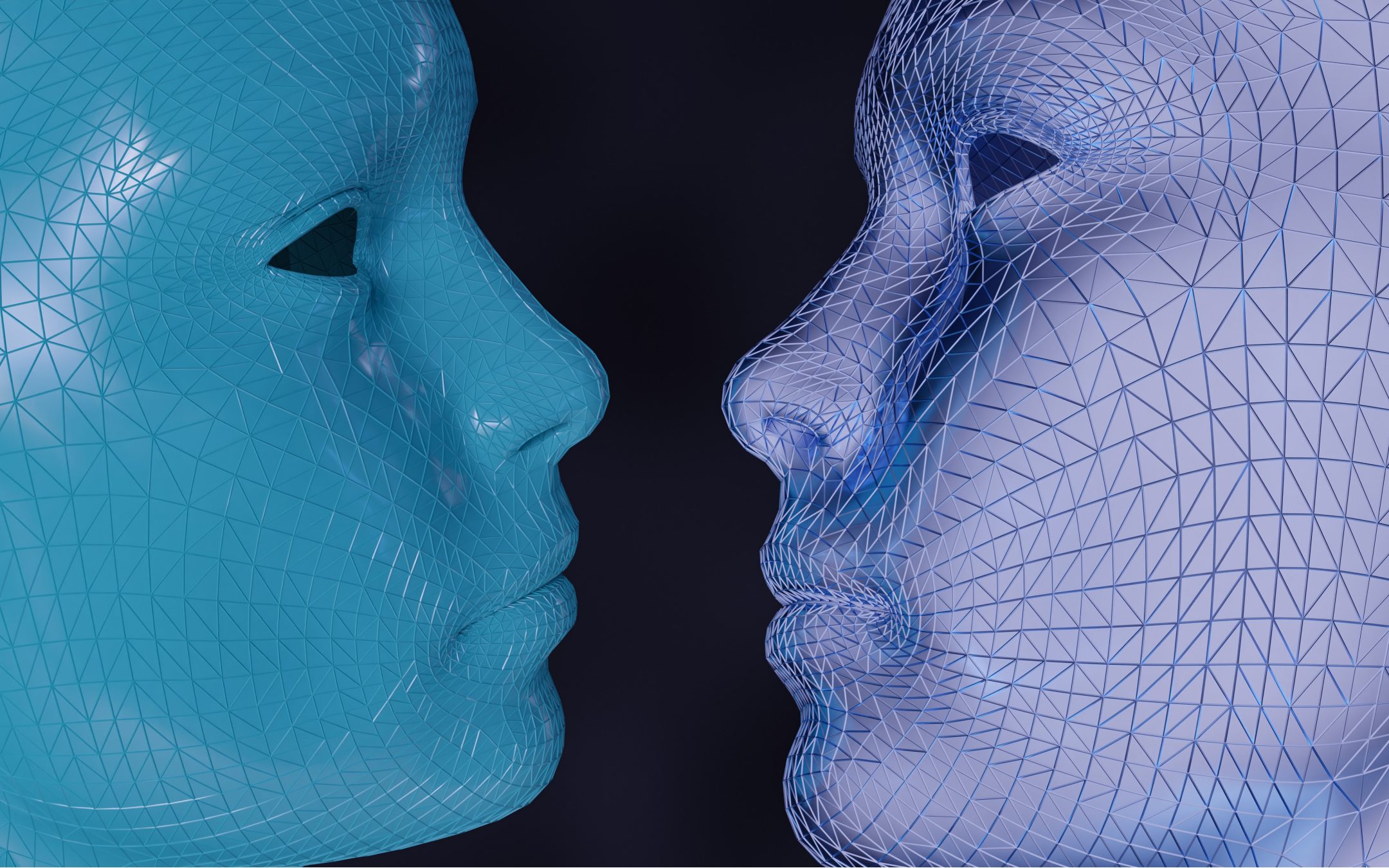Deepfake: Video Manipulation Through Artificial Intelligence
In the rapidly evolving world of artificial intelligence (AI), deepfakes are emerging as one of the most discussed and controversial applications. But what exactly are deepfakes? These are videos manipulated through AI algorithms to make them extremely realistic. The goal is to combine or overlay existing images and videos with digitally created artifacts. For example, you can alter a person's face in a video, change what they say, and even synchronize words with their facial movements.
The term “deepfake” comes from the fusion of two words: “fake”, which means false, and “deep learning”, the AI technique used to generate these videos. One of the most common approaches to create them makes use of Generative Adversarial Networks (GAN), neural networks that "compete" with each other to minimize errors and produce increasingly accurate results.
 How Deepfakes Work: Technology Behind the Magic
How Deepfakes Work: Technology Behind the Magic
Creating a deepfake is a fascinating but complex process. The most widespread method is based on neural networks that use the "face swapping" technique. This is where an algorithm called autoencoder comes into play. This program analyzes a video clip or photograph, studies the individual's appearance from various angles, and then maps this information onto another individual. This face swap is done so sophisticatedly that it is almost indistinguishable from a real video.
Risks Associated with Deepfakes: Beyond Technology
Despite potentially positive applications, deepfakes pose significant risks, especially if used improperly. These risks range from the spread of fake news to the creation of compromising videos for the purposes of personal revenge or revenge porn. In fact, deepfakes have a history dating back to 1997, when the “Video Rewrite” program was first used to edit videos by adding details that were not present in the original footage.
With the increasing computational power available today, the quality of deepfakes has significantly improved. This makes them increasingly difficult to distinguish from authentic videos, intensifying the risks associated with misinformation and media manipulation.
 Protecting Identity and Privacy: Measures Taken
Protecting Identity and Privacy: Measures Taken
Given the potential severity of identity theft through deepfakes, several privacy agencies are issuing guidelines to educate citizens about the misuse of this technology. Anyone depicted in a deepfake without their consent not only loses control over their image, but also risks having their ideas and opinions distorted. In some cases, people may be shown in situations or places that may be compromising, posing a serious threat to their privacy and dignity.
In conclusion, deepfakes are a double sword: while the potential in terms of content creation is immense, the associated risks are equally great. Public awareness and education are key to mitigating the negative impacts of this emerging technology.







